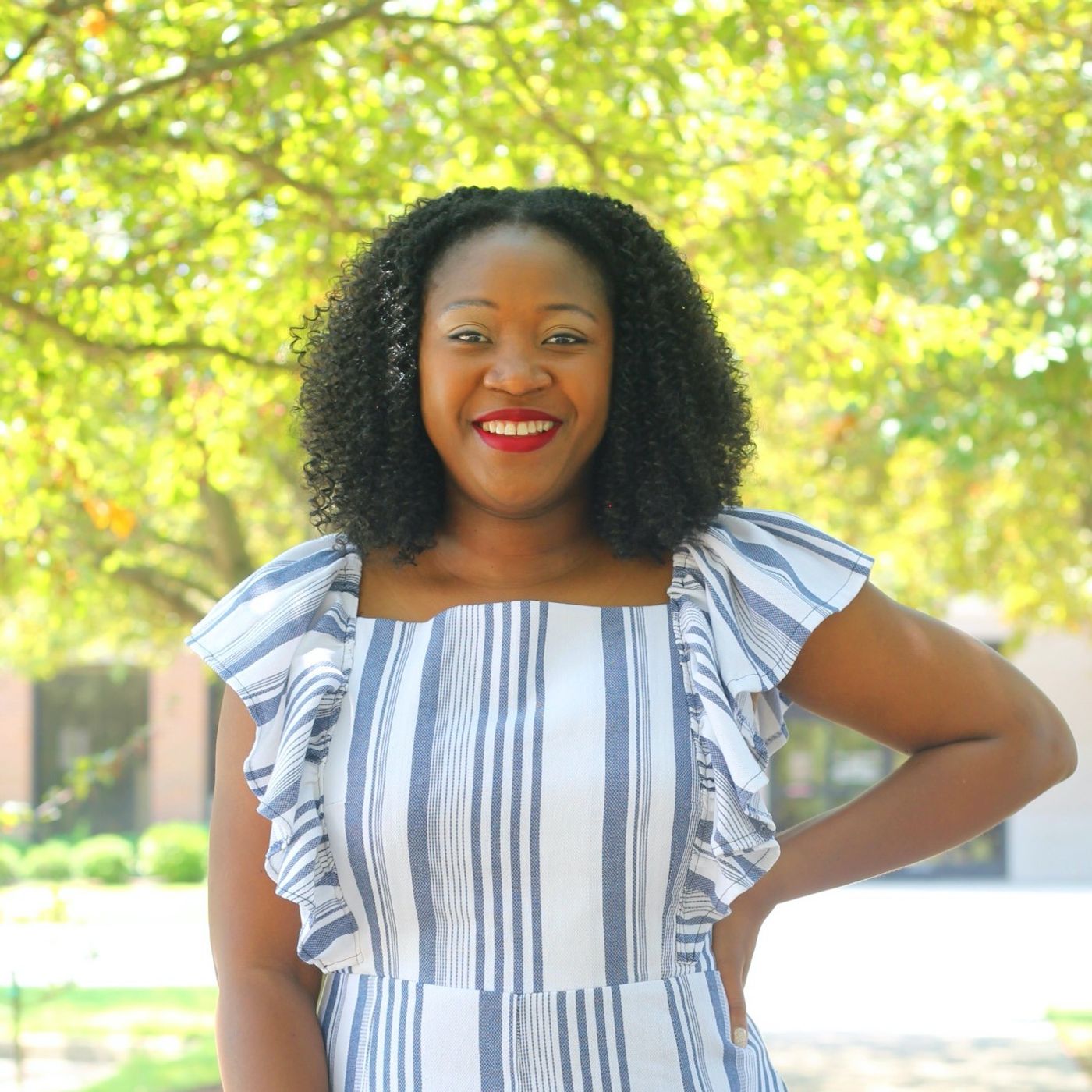Lisa's Cancelled 50th Birthday Party Donations Here: Patreon Paypal Cash App
Thanks so much to ShanailR for sharing her image for this episode and for telling us about her experience in medical care providers battle against COVID19.
Research: Here are some of the articles I read to better understand the efficacy of homemade masks as Personal Protective Equipment (PPE).
3M has doubled its production of N95 masks to a rate of 100 million a month. No certainly that it's enough. And based on the current shortage, it doesn't seem to be enough.
Testing the Efficacy of Homemade Masks: Would They Protect in an Influenza Pandemic? from the journal Disaster Medicine and Public Health Preparedness
Centers for Disease Control guidance on Facemasks includes the following comment on homemade masks (note: HCP = Health Care Provider): "In settings where facemasks are not available, HCP might use homemade masks (e.g., bandana, scarf) for care of patients with COVID-19 as a last resort. However, homemade masks are not considered PPE, since their capability to protect HCP is unknown. Caution should be exercised when considering this option. Homemade masks should ideally be used in combination with a face shield that covers the entire front (that extends to the chin or below) and sides of the face."
The World Health Organization issued interim guidance in January 2020 about "Advice on the use of masks in the context of nCoV outbreak." The briefing document talked about not re-using masks and proper protocols for wearing them (for which I have included an additional link below). The final line of the paper is striking: "Cloth (e.g. cotton or gauze) masks are not recommended under any circumstance."
Why Telling People They Didn't Need Masks Backfired, an opinion piece in the New York Times about the benefits of masks. You can get free access to the New York Times COVID19 articles by registering an email.
When and How to Use Masks from the World Health Organization
Best Materials for Masks: Please read to understand the very limited effectiveness homemade masks against COVID19. It is better than nothing. Some materials are better than others.
Locations that asked for masks but no longer needs them:
Deaconess Hospital in Indiana has met their need.
Providence Hospital in Washington State has given out enough kits to make 100 million masks with special medical grade materials.
Who is NEEDS masks: I am asking for support for my city.
The Mutual Aid Infrastructure of Charlottesville, VA--FB group is here
The University of Virginia Hospital. Contact information to mail masks is here:
LaDelle Gay
Volunteer Coordinator, Volunteer Services
UVA Health
1215 Lee Street, Room 1650
Box 800668
Charlottesville, VA 22908
Phone: 434.243-4009
Fax: 434.243.5872
If you want to help...
My suggestion is to act locally. If your hospital is not accepting masks for clinical use, the Medical Staff Office for hospital administration might be glad to have them. Call the following local places to see if they would accept homemade masks. Ask if they have guidelines (filter pocket?) or a preferred pattern. Arrange to mail or drop off some to be picked up from your car: Medical offices (where people most still come to work to manage the medical/patient administration, in cubicles where social distancing is limited), Primary Care Providers: pediatricians, internal medicine, geriatricians (especially important, I'd think, for dealing with older patients), long term acute care facilities, urgent care offices, nursing homes, hospice care, jails and prisons, dialysis centers.
Here are some social media organizations working on mask making and other me-made projects.
Relief Crafters of America on Facebook
We Need Masks.org connects makers with medical facilities for mask distribution.
Patterns and Tutorials
Sewing My Style has a tutorial on her IG highlights using 10 by 10 fabric squares. These are sometimes called layer cakes.
Lisa Stewart of Cultured Expressions has a video tutorial on her IGTV channel.
Patrice of Patrice J Bridal has a tutorial on her YouTube channel.
Here is a link to over THIRTY mask patterns and tutorials assembled by So Sew Easy.
An Olsen Mask pattern provided by Unity Points hospital in Cedar Rapids
Sign up for the Black Women Stitch quarterly newsletter
Check out our merch here
Leave a BACKSTITCH message and tell us about your favorite episode.
Join the Black Women Stitch Patreon
Check out our Amazon Store
Stay Connected:
YouTube: Black Women Stitch
Instagram: Black Women Stitch
Facebook: Stitch Please Podcast



